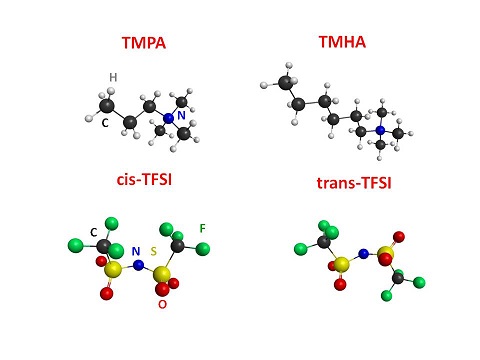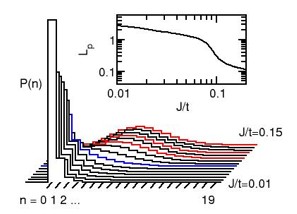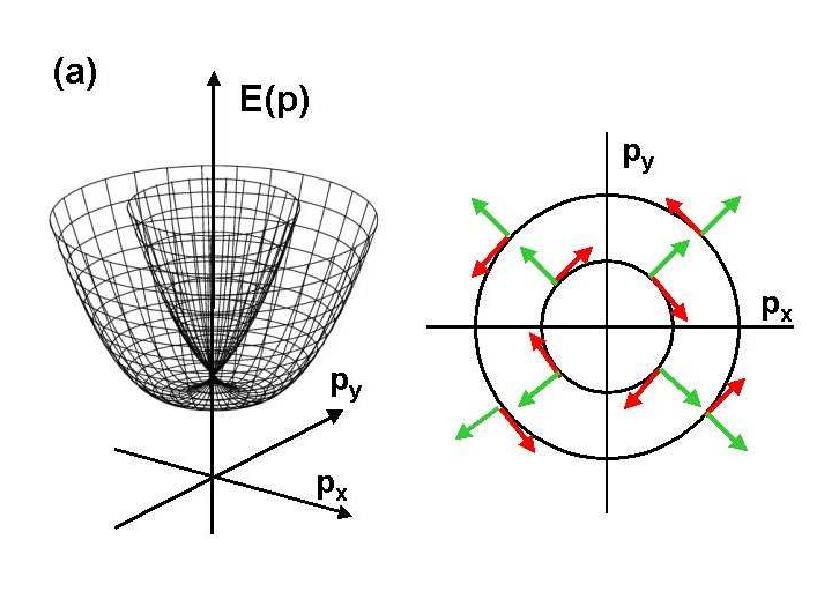Time as an illusion created by entanglement in Physical Review A featured in WIRED
ISC researchers Alessandro Coppo and Paola Verrucchi, in collaboration with Prof. A. Cuccoli from the University of Florence, have published an intriguing study in Physical Review A. The work has garnered attention from prominent publications such as New Scientist and Wired.
They consider a simple and physically relevant example where the time evolution of a system can be determined by the entanglement with its clock.… Read the rest



![Fig. 1: electronic structure of graphene and Dirac-like dispersion. After A.H. Castro Neto et al., arXiv:0709.1163v2 [cond-mat.other] (2007). Fig. 1: electronic structure of graphene and Dirac-like dispersion](/wp-content/uploads/2017/07/dirac_graphene.jpg) A large interest, for its potential technological applications, concerns the investigation of optical and transport properties of both single-layer and multi-layered graphene, which are dominated by its so-called relativistic Dirac-like electronic structure (see Figure on the right).
A large interest, for its potential technological applications, concerns the investigation of optical and transport properties of both single-layer and multi-layered graphene, which are dominated by its so-called relativistic Dirac-like electronic structure (see Figure on the right).